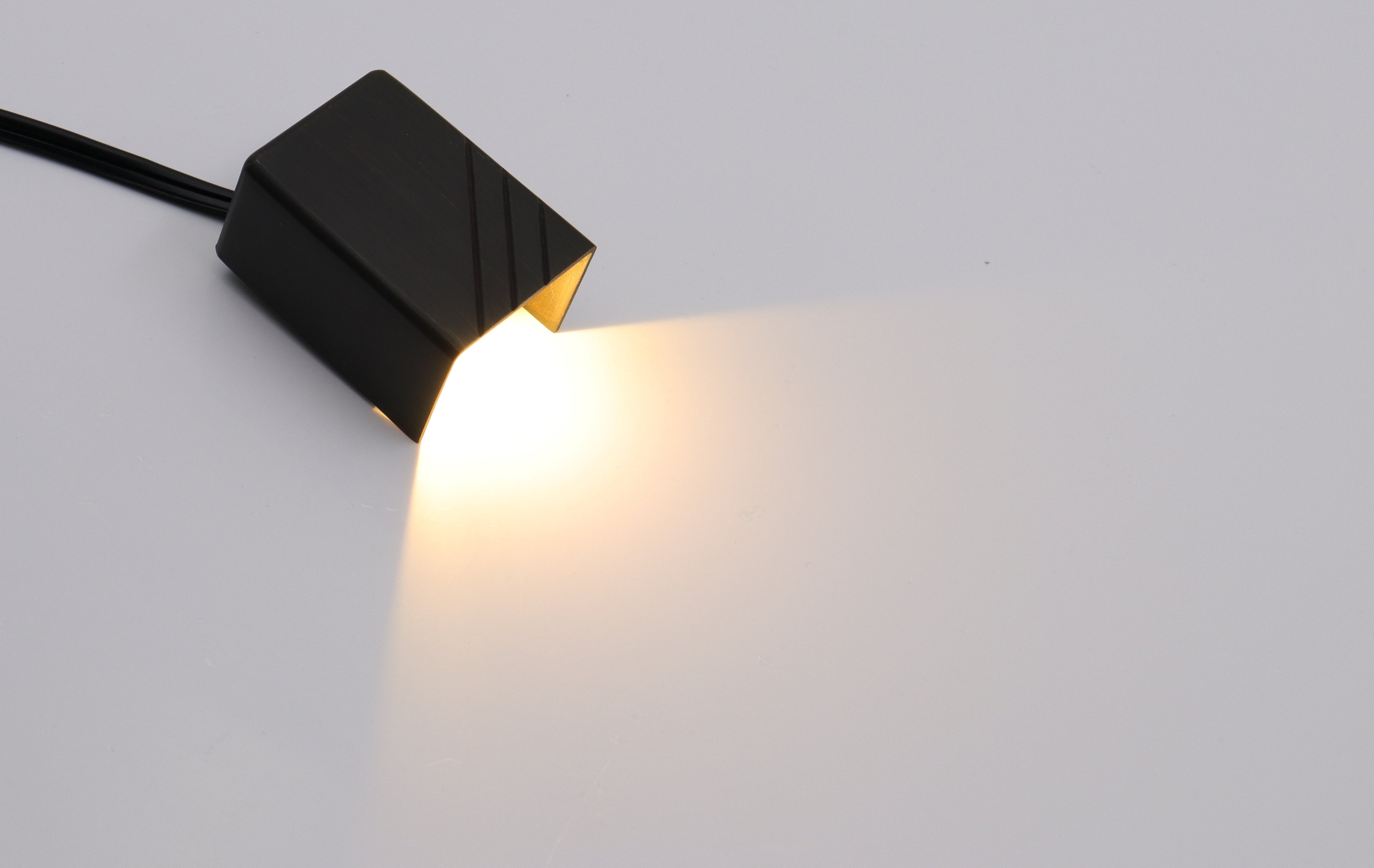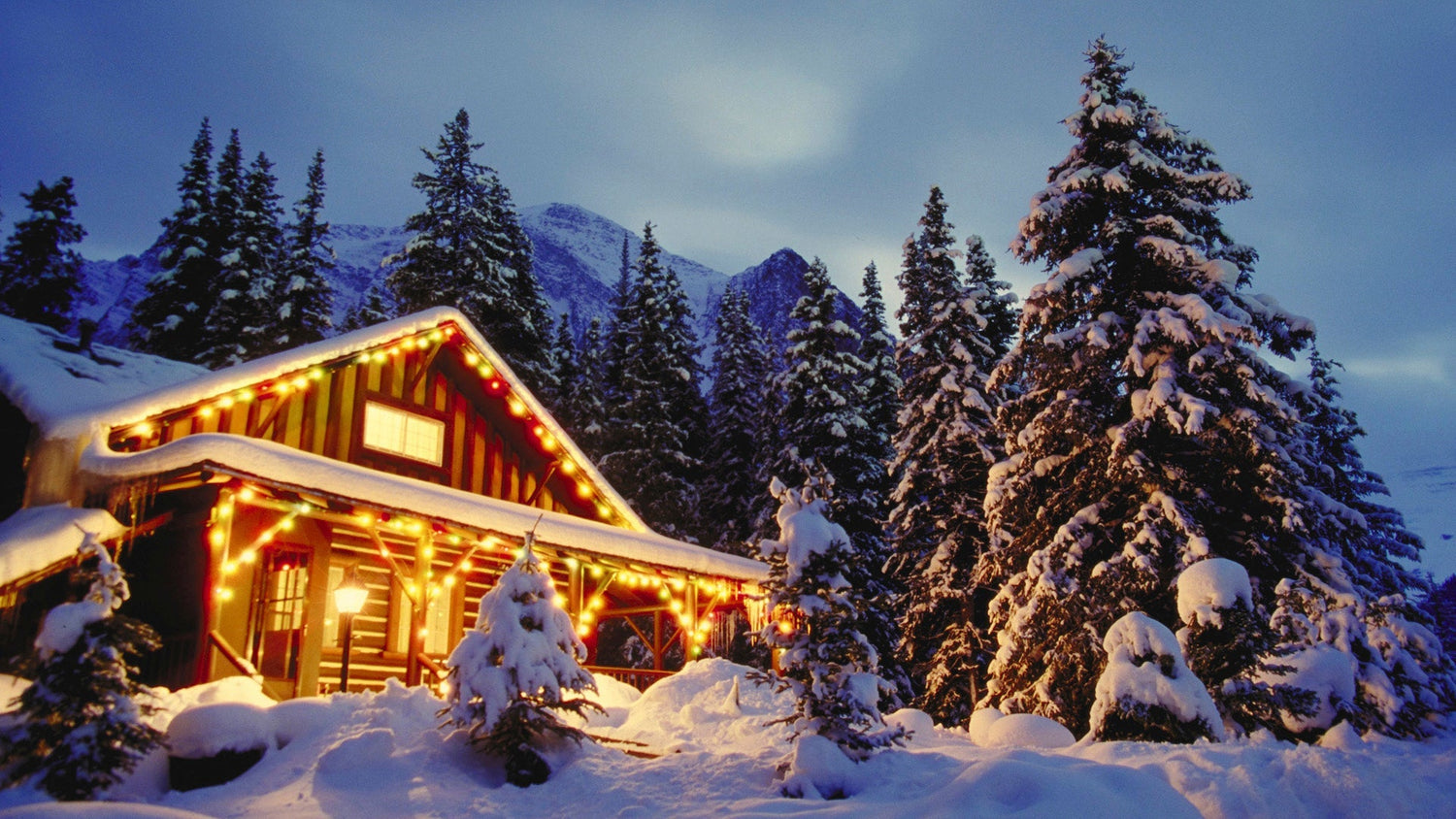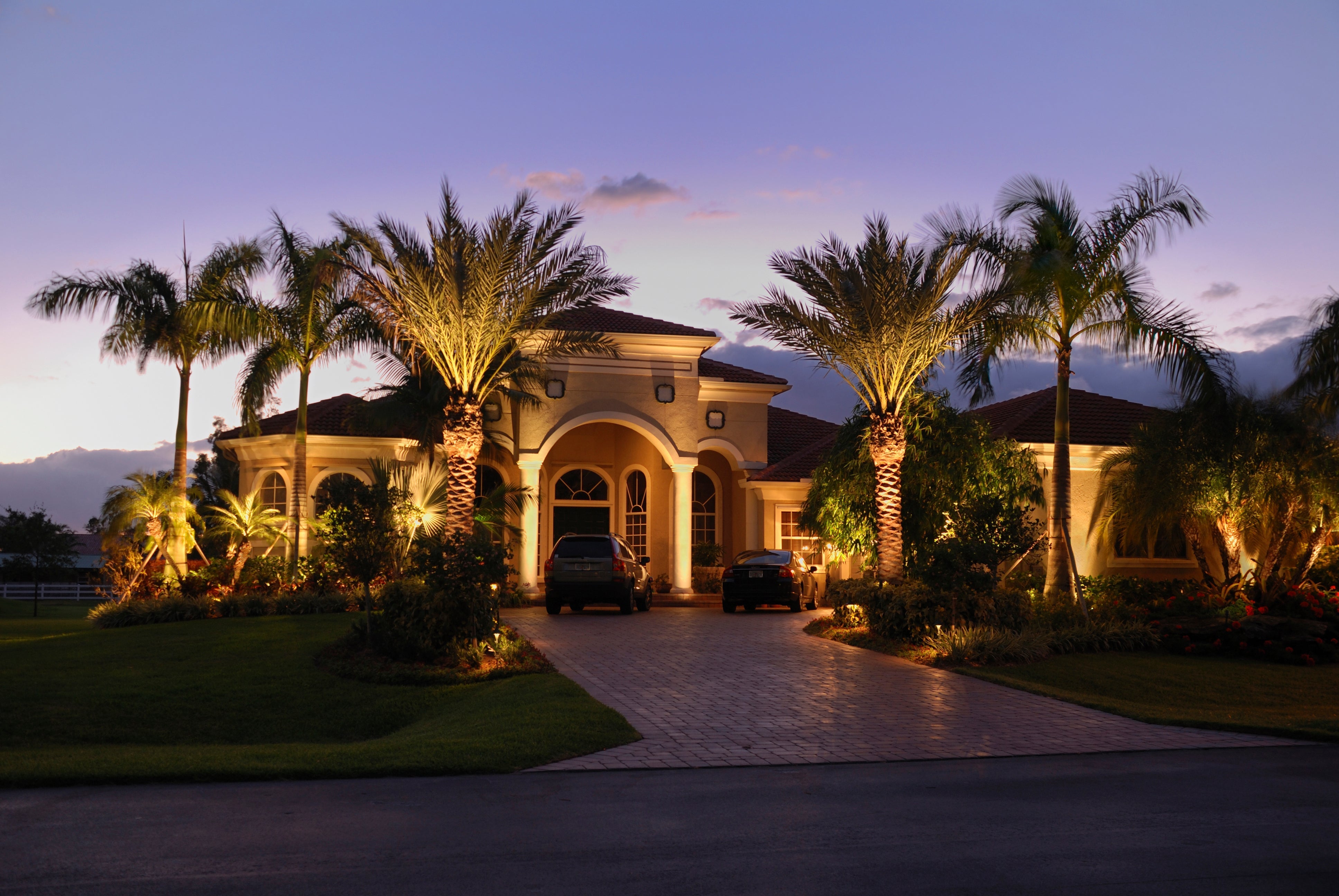As the seasons change and winter drapes the land in a white blanket, the significance of landscape lighting should not be overlooked. In winter, landscape lighting not only adds beauty to gardens and outdoor spaces, but also serves a practical purpose. This article seeks to cast light on the manifold facets of landscape lighting in winter, exploring its benefits, challenges, and maintenance tips for peak performance.
Benefits of Landscape Lighting in the Winter
The arrival of winter ushers in a time of shorter days and extended nights, significantly elevating the importance of well-executed landscape lighting in many ways:
Improved safety and security
In winter, landscape lighting provides a paramount advantage - an elevated sense of safety. Slippery ice and snow-laden paths present grave perils of tumbling and stumbling. Illuminated pathways and driveways, with their radiant glow, ward off these perils by offering unobstructed sight, thus averting any potential accidents. Beyond safety, these illuminating solutions also assume a crucial function in safeguarding one's property. Bright exteriors discourage trespassers, as they eliminate the shadows and dim corners that may be exploited for unobserved entry. Click How Does Landscape Lighting Increase Your Home's Security? to learn more ways to improve security and safety.
Aesthetic Appeal and Ambiance
In addition to its practical benefits, landscape lighting holds a beauty all its own, apart from. The soft glow of the snow-covered landscape creates a picturesque scene akin to a wintry postcard. The light's dance upon the snowflakes and ice transforms normal gardens and yards into enchanting spectacles of natural splendor. The magical ambiance, especially in the cold winter nights, brings solace and beauty, as you gaze upon the tranquil and scenic vista from the warmth of your home. Learn more decorative ways to improve aesthetic appeal: How to Design a Landscape Lighting System in Your Home?
Increased Curb Appeal
Landscape lighting in winter also greatly improves a property's curb appeal. Both homes and commercial spaces benefit from the warm and refined touch that strategically positioned lighting offers. This is not only pleasing to the eye but can also be a deciding factor in property valuation. After all, a beautifully lit landscape hints at a property meticulously tended to, offering distinct advantages in the market of real estate.
Emotional and Psychological Benefits
There is also an emotional aspect to consider. The warm glow of landscape lighting can counteract the often dreary and bleak feelings associated with winter. For many, this can have a positive impact on their overall mood and well-being during the winter months.
Do Landscape Lights Melt the Snow?
Traditional incandescent bulbs give off a great deal of heat, enough to potentially melt a delicate layer of snow that happens to be resting upon the light. Yet, modern landscape lighting systems often use LED bulbs, which are more energy-efficient and emit less heat, insufficient to thaw accumulated snow.

What Materials Used in Landscape Lighting Can Survive the Snowy Winter?
Lighting fixtures crafted from premium, weather-resistant materials like stainless steel, brass, or copper can effectively withstand the brutal winter. These materials resist corrosion and withstand the expansion and contraction caused by fluctuating temperatures. Explore best metal for landscape lighting: What Is the Best Metal for Landscape Lights?
Is It a Good Idea to Install Landscape Lighting During Snowy Months?
Assessing Winter Challenges:
Frozen ground hampers digging and fixture installation, while limited daylight hours curtail the working time for installation. Moreover, frigid temperatures can influence materials and equipment, potentially causing delays or complications.
Feasibility of Installation:
Despite the challenges, installing landscape lighting in winter is feasible. Done right, it may even present certain advantages. For example, the bare trees and shrubs reveal the property, offering a precise evaluation of where to position the lights for the utmost effect.
Choosing the Right Time:
Timing assumes a pivotal role. Ideally, the installation ought to be arranged amidst a spell of gentler winter weather, if at all feasible. This can reduce the trials of bitter cold and heavy snow. Keeping a weather eye on the weather forecast and maintaining a flexible timetable accordingly can prove advantageous in this regard.
Engaging Experienced Professionals:
These experts possess the requisite knowledge and tools to deal with the distinctive challenges of winter. They know how to work during cold days, protect equipment from frigid climates, and optimize productivity amidst dwindling daylight.
Preparing for Early Spring Enjoyment:
Fitting landscape lighting during the snowy months ensures that once spring comes, the outdoor area is all set for enjoyment.
Potential Cost Benefits:
Off-season installations may yield cost advantages at times. In winter, the demand for landscaping services dwindles, leading to a potential surge in competition among contractors and a subsequent drop in prices.

Expert Tips on Landscape Lighting Maintenance in the Winter
Regular Snow Clearance:
Clearing snow from light fixtures is the first task in winter maintenance. This duty is vital to ward off the obstruction of illumination, guaranteeing that pathways, driveways, and other significant zones remain visible and secure. Snow, piling up, obstructs the light and burdens the fixtures. It is advisable to delicately clear the area with a brush or broom so as to prevent any harm to the fixtures.
Checking for damage:
Winter weather can be tough on outdoor lighting setups. Regular inspections to detect damage from cold or moisture are absolutely necessary. Seek signs of wear and tear, such as fractured lenses, loose connections, or corroded components. Detecting issues early can prevent further damage and expensive repairs down the line.
Adjusting Timers and Controls:
With the winter's shortened daylight hours, it's wise to make some adjustments to the timers on your landscape lighting. This adjustment guarantees an earlier illumination at dusk and if needed, a prolonged radiance at dawn. Modern lighting systems may include smart controls capable of remote adjustment or automatic response to the ever-shifting daylight hours.
Checking and Replacing Bulbs:
Regularly inspect the bulbs to ensure they are functioning correctly. Winter's frigid temperatures can indeed impact some bulb kinds. LED bulbs, in their hardiness against the bitter cold and their extended existence, emerge as the superior selection for illuminating the winter. Swapping out old-fashioned bulbs for LEDs can boost efficiency and cut down on the need for upkeep.
Ensuring Water-Resistance:
Make sure every part of the landscape lighting lasystem is properly resistant to water and sealed tight against any moisture. Winter brings not only snow but also the chance of rain and melting ice, which may infiltrate electrical parts. Inspect the seals and gaskets on the fixtures, and if they exhibit any indications of wear or harm, just replace them promptly.
Protecting Against Salt and Chemicals:
When employing de-icing salts or chemicals on pathways and driveways, one must exercise caution regarding their potential consequences on lighting fixtures. These substances are corrosive. Positioning fixtures at a safe distance from treated surfaces, or employing physical barriers, can safeguard them against corrosion and extend their lifespan.
Professional Inspection:
Consider a professional inspection of the landscape lighting system can be beneficial, especially before winter arrives. A professional can identify potential issues that might not be obvious to the untrained eye and can ensure that the system is optimally prepared for the winter months.
Last words
In our exploration, it becomes evident that landscape lighting in winter is possible and advantageous. It enhances safety, adds aesthetic value to the outdoor space, and can be maintained with the right materials and care. By understanding the specific challenges that winter presents and adopting appropriate strategies, homeowners and property managers can guarantee that their landscape lighting continues to serve its purpose beautifully and reliably during the frigid months.






Leave a comment
All comments are moderated before being published.
This site is protected by hCaptcha and the hCaptcha Privacy Policy and Terms of Service apply.